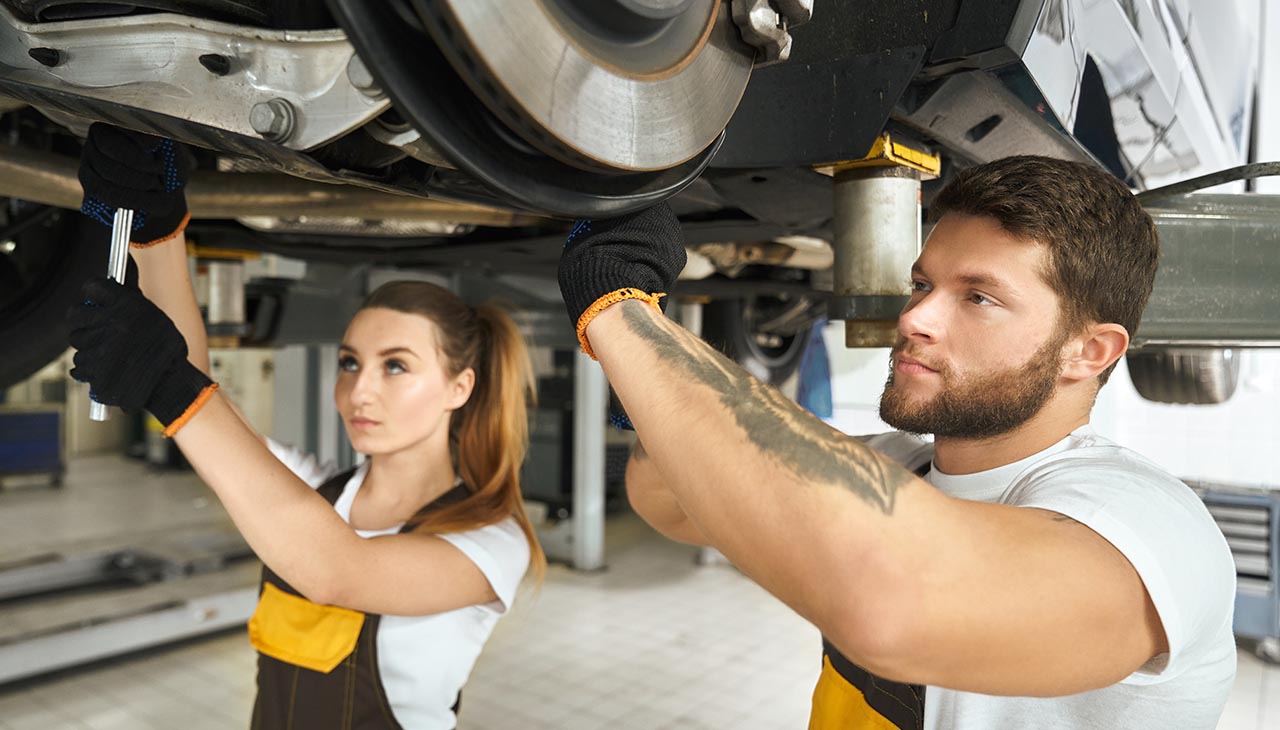Every vehicle is a complex interplay of various components and systems, each with its own lifespan and potential for wear and tear. Understanding the durability and expected lifespan of key car components can be instrumental for owners to maintain their vehicles in optimal condition. This knowledge not only helps in planning maintenance schedules but also in making informed decisions about repairs and replacements. In this guide, we will explore some of the most crucial car parts, discussing their roles, average lifespans, and signs that indicate the need for attention or replacement.
Engine Lifespan and Maintenance
The heart of any vehicle is its engine, a marvel of engineering that can last anywhere from 150,000 to 300,000 miles, depending on various factors. The lifespan of an engine is heavily influenced by two main elements: maintenance and driving habits. Regular maintenance, including timely oil changes, changing filters, and keeping the cooling system in good working order, is crucial to extend the engine’s life. Furthermore, gentle driving habits, such as avoiding hard accelerations and not overloading the vehicle, can also significantly contribute to maintaining engine health over the years.
Signs of engine wear include increased oil consumption, a decrease in performance, unusual noises (knocking or tapping), and excessive exhaust smoke. If these symptoms are present, it may be time to consult a professional to evaluate the need for repairs or, in some cases, engine replacement. Early detection and addressing engine issues can often prevent more significant, costly problems down the line, underscoring the importance of regular checks and maintenance.
Transmission
The transmission, another vital component of a vehicle, is responsible for transferring power from the engine to the wheels, allowing the car to move. On average, a transmission is designed to last approximately 150,000 to 200,000 miles. However, like the engine, its lifespan can vary based on maintenance and driving habits. Proper care can significantly extend the life of a transmission, ensuring smooth and efficient operation over the years.
To maintain a healthy transmission, it’s essential to regularly check the transmission fluid level and quality, as well as to replace it according to the manufacturer’s recommendations. Avoiding excessive towing and not overloading the vehicle can also prevent undue strain on the transmission system. Additionally, making a habit of bringing the vehicle to a complete stop before shifting from forward to reverse (and vice versa) can greatly reduce wear on transmission components.
Signs that may indicate transmission problems include difficulty shifting gears, slipping gears, delayed vehicle response, unexplained grinding noises, or the presence of a burnt smell coming from the transmission fluid. If any of these symptoms are noticed, it is crucial to seek the assistance of a professional mechanic promptly. Ignoring transmission issues can lead to more severe and costly repairs in the future, including the possibility of full transmission replacement. Regular maintenance and early intervention when problems arise are key to maximizing the longevity and reliability of your transmission.
Suspension System
The suspension system of a vehicle is essential for maintaining comfort, handling, and safety on the road. This system, including shocks, struts, springs, and linkage, helps absorb the impact from road conditions, providing a smoother ride and ensuring that the tires maintain contact with the road. The average lifespan of suspension components can vary, with shocks and struts typically lasting around 50,000 to 100,000 miles. However, like other car parts, their longevity is influenced by driving habits, road conditions, and the quality of the suspension parts.
Regular inspections and maintenance of the suspension system are crucial for prolonging the lifespan of these components and maintaining vehicle safety and performance. It’s advisable to have your suspension checked at least once a year or at the vehicle manufacturer’s recommended intervals. Routine checks are essential to identify wear and tear early and to replace parts before they fail.
Signs of worn suspension parts include an unusually rough ride, pulling to one side while driving, uneven tire wear, and excessive noise or vibration when going over bumps. Squeaks or rattles may also indicate that suspension components need attention. If the vehicle seems to be sitting lower on one corner, it can be a sign of a damaged spring, which is a critical component for vehicle stability and should be addressed immediately.
When noticing any of these signs, it’s important to visit a qualified mechanic or service center. Replacing worn or damaged suspension parts promptly can prevent further damage to your vehicle, ensure a safe and comfortable driving experience, and ultimately save money by avoiding more significant repairs down the line.
Braking System Lifespan and Maintenance
The braking system is arguably one of the most critical safety features of any vehicle, enabling drivers to reduce speed or come to a complete stop. The main components of the braking system, including brake pads, rotors, and calipers, have varying lifespans. Brake pads typically need replacing every 20,000 to 65,000 miles, depending on driving habits and conditions. Rotors can last anywhere from 30,000 to 70,000 miles, but their lifespan is also heavily influenced by the type of driving and the material of the rotors and pads. Calipers, which apply pressure to the brake pads, should last the life of the vehicle but may need replacement if they seize due to lack of maintenance or damage.
To ensure optimal brake performance, it is essential to follow regular maintenance practices. This includes checking the brake fluid level and quality, as brake fluid needs to be replaced every two years or so, depending on the vehicle manufacturer’s recommendations. Periodically inspecting the brake pads and rotors for wear and replacing them before they become too thin is also crucial for maintaining braking efficiency and safety.
Warning signs of brake wear include a squealing or grinding noise when braking, a longer stopping distance, the brake pedal feeling softer or spongier underfoot, or the vehicle pulling to one side when braking. Additionally, if the brake warning light illuminates on the dashboard, it’s a clear signal that the braking system requires immediate attention. Any of these symptoms can indicate that the brake components are worn and may need to be replaced to ensure the vehicle can be operated safely. Delaying brake maintenance or repairs can lead to reduced brake performance and potentially dangerous driving conditions.


